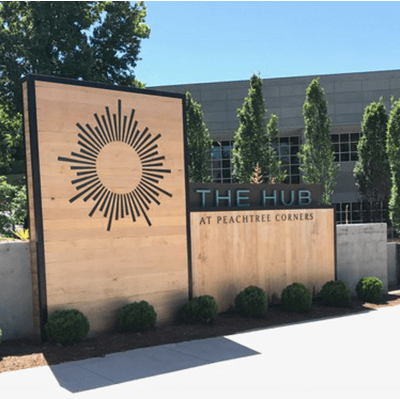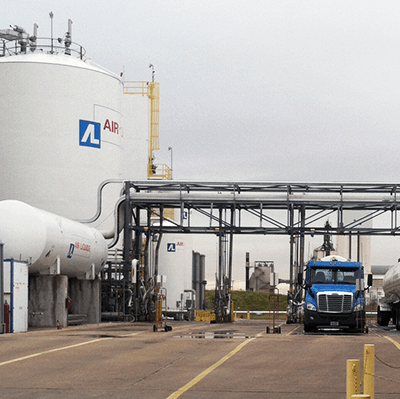Companies need a way to stay connected in the office or on the go.
In today’s marketplace companies need a way to stay connected in the office and on the go. Growth in web based video conferencing, messaging and voice systems are making it easier than ever for our clients to communicate. Research shows companies with a Unified Communication plan are more productive than ones who wing it. ASD® engineers continually work with companies to help identify strategies that will keep your team connected and improve productivity and enhance the workflow process.
ASD® offers a variety of communication solutions:
- Premise based VoIP & Legacy Phone Systems
- Hosted VoIP
- Video Collaboration
- Web Based Conferencing
- Codec Based
- Video Skype for Business Solutions
Whether you need some rough numbers to reference in your next meeting or want to talk specifics, one of our ASD® experts will be glad to help you. Click below to view quick ballpark estimates based on industry standards and our project experience.
Technology Partners
ASD® partners with a host of industry leading brands like the samples shown here. Click here to view all of our partners.



Avaya delivers smart global solutions and technologies for customer and team engagement, unified communications and collaboration, contact center and customer experience management, and networking.
ASD® is proud to be among Avaya’s large network of dealers that provide services to large enterprises, midmarket companies, small businesses, and government organizations around the world.

Cisco is the worldwide leader in IT that helps companies seize the opportunities of tomorrow by proving that amazing things can happen when you connect the previously unconnected.
ASD® is proud to provide Cisco solutions to our clients.
Unified Communications Pricing
The shift and convergence of Voice and Data networking has radically changed the UC world. The market is saturated with traditional manufacturers of telephone systems, technology giants and large software companies all vying for market share. Buyers are faced with many choices and options, but which one is right for your organization?
ASD® supports many enterprise organizations today in designing, installing, and maintaining unified communication systems. Serving single-site customers, as well as those with a national or global footprint, ASD® will design, build, and maintain a solution to meet your current needs as well as any of your future plans.
Based on our experience, we typically see prices ranging from $300.00 to $1,000.00+ for a premised based system. For hosted solutions, pricing can range from $20.00 to $55.00+ per user.
Common Cost Factors for Most Projects
GEOGRAPHIC LOCATION
Where is the project located? Some parts of the country are more expensive than others. Some rural areas may require travel due to availability of the field resources which could increase cost.
SIZE & TYPE ENVIRONMENT
Type of environment will impact price. Class A Office, Distribution Center, Manufacturing, Retail, Indoor vs. Outdoor could all impact overall cost.
LABOR REQUIREMENTS
Projects being installed with a Union Labor requirement will be more expensive than projects without the requirement. Some projects require a prevailing wage to be paid to a technician which can also increase costs.
PERMITTING
Permitting varies from state to state and city to city. One city may not require anything more than an application form to receive a permit, while others may want full engineered drawings that go through a plan review process. The full set of engineered drawings carries a substantial price tag that elevates the overall system cost. Another consideration is the time required if the review process is a requirement.
NEW CONSTRUCTION VS RENOVATION
New construction will typically be less expensive than renovation.
LOCAL CODES & STANDARDS
Local codes can drive cost as they vary in requirement. For instance, in some locations across the U.S. all overhead cable must run in conduit while others can be supported with J-Hooks in the ceiling.
INFRASTRUCTURE
Pathways can contribute greatly to overall system costs. Costs of core holes sizing and cutting slab for conduits needs to be considered in your budgeting process.
ECONOMIES OF SCALE
What type of structure is being built? A system in a manufacturing plant is developed completely different than a high rise office building. An apartment complex can reuse the same templates for each building; this saves design time and costs.
INSTALLATION HOURS
Normal working hours will be less expensive than after hours or weekends.
Let's discuss your unified communication needs
Contact an ASD®associate to discuss a solution for you.


